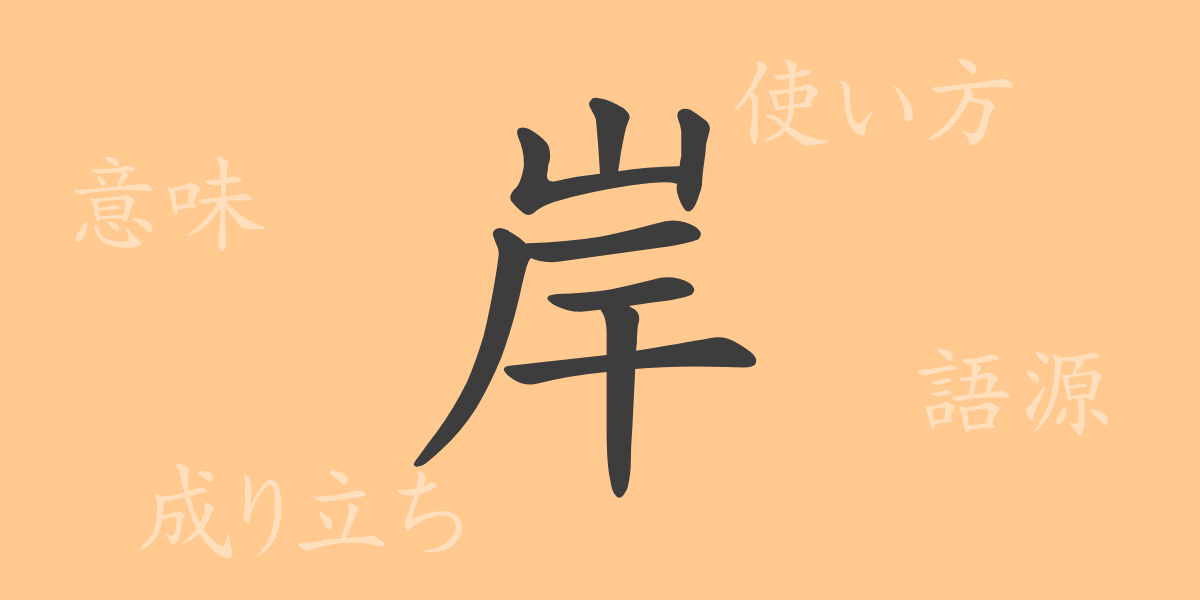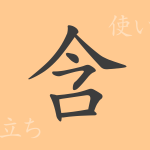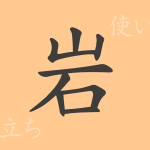Kanji, deeply rooted in Japanese culture, each hold rich meanings and history. “岸” (Kishi), symbolizing places where nature intersects with human life, frequently appears in Japanese literature and daily conversations. This article delves into the complete picture of this commonly used kanji, from its etymology to its meaning, usage, and even its presence in idiomatic expressions and proverbs.
Origins of 岸 (Kishi)
The kanji “岸” combines the meaning of “岡” (oka), which signifies land by the water, with the shape of “厂” (han), a pictograph representing cliffs or precipices. Originally, “岸” referred to the cliffs or lands by the water’s edge. Over time, it has become a general term for land adjacent to bodies of water such as rivers and seas.
Meaning and Usage of 岸 (Kishi)
“岸” (Kishi) refers to the land at the water’s edge, especially the banks of rivers, lakes, or seas. Specifically, it denotes the part where water and land meet, often indicating places related to human habitation or recreation, such as ports or resorts. It is commonly used in combination with words specifying a particular body of water, like “海岸” (kaigan, coast) or “川岸” (kawagishi, riverbank).
How to Read 岸 (Kishi), Stroke Count, and Radical
The kanji “岸” has a unique structure, and its reading and stroke count are important elements in Japanese education.
- Reading: The on’yomi (Sino-Japanese reading) is “Gan”, while the kun’yomi (native Japanese reading) is “Kishi” .
- Stroke Count: It is composed of a total of 8 strokes.
- Radical: The radical of “岸” is “山” (yama, mountain).
Idioms, Phrases, and Proverbs Using 岸 (Kishi) and Their Meanings
There are numerous idioms, phrases, and proverbs in Japanese that include “岸” (Kishi). Here are some examples and their meanings:
- 海岸 ( Kaigan): The land facing the sea, often enjoyed as beaches or tourist destinations.
- 川岸 (Kawagishi): The bank of a river, referring to the land along the flow of a river.
- 岸壁 (Ganpeki): A facility at ports for ships to dock, with a sturdy structure for large vessels to berth.
- 岸辺 (Kishibe): The edge of the shore or its vicinity, frequently used in poetry and literary works.
- “岸を枕に寝る” (Kishi -wo- makura- ni- ne-ru): An idiom expressing a state of utter destitution, with nothing to rely on.
Conclusion on 岸 (Kishi)
The kanji “岸” (Kishi) symbolizes the intersection of natural beauty and human life. By exploring its origins, the evolution of its meaning, and its use in various idioms and phrases, one can appreciate the depth of the Japanese language and its cultural backdrop. With landscapes related to “岸” (Kishi), like coasts and riverbanks, surrounding us, each holds a special significance for the Japanese people. Let’s deepen our understanding of the Japanese language by reflecting on the rich imagery and scenes encapsulated in this single character.

























